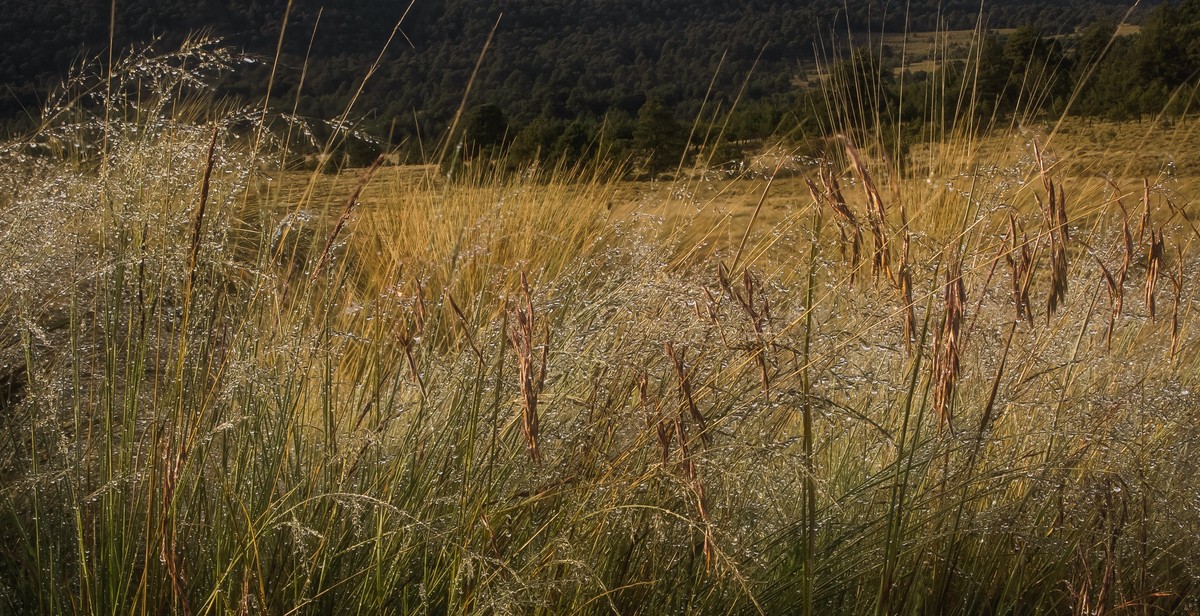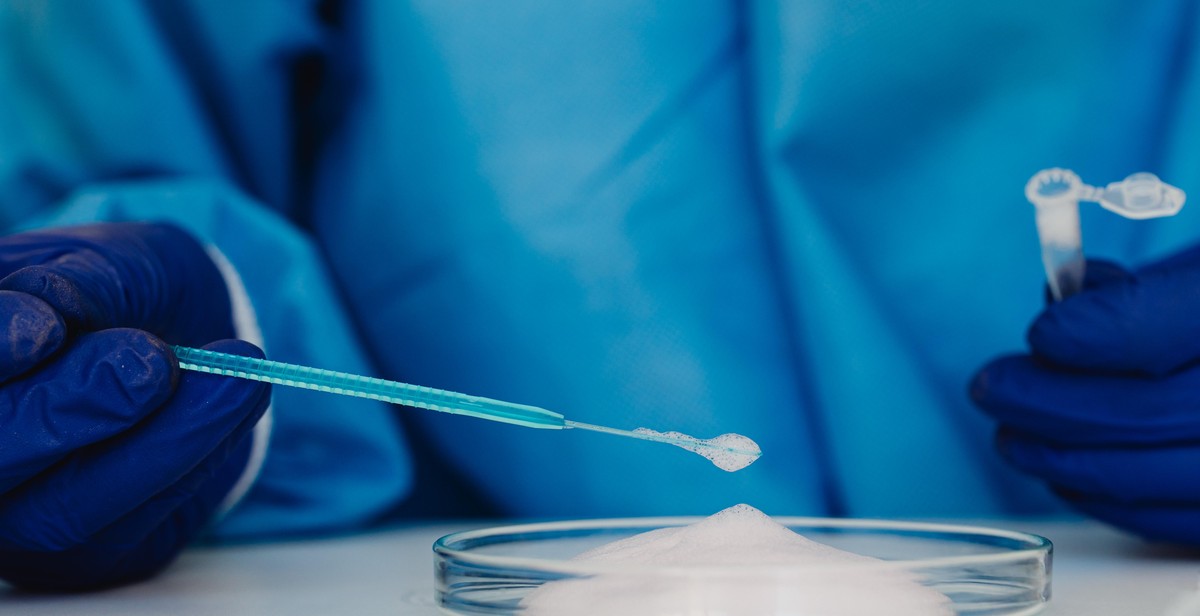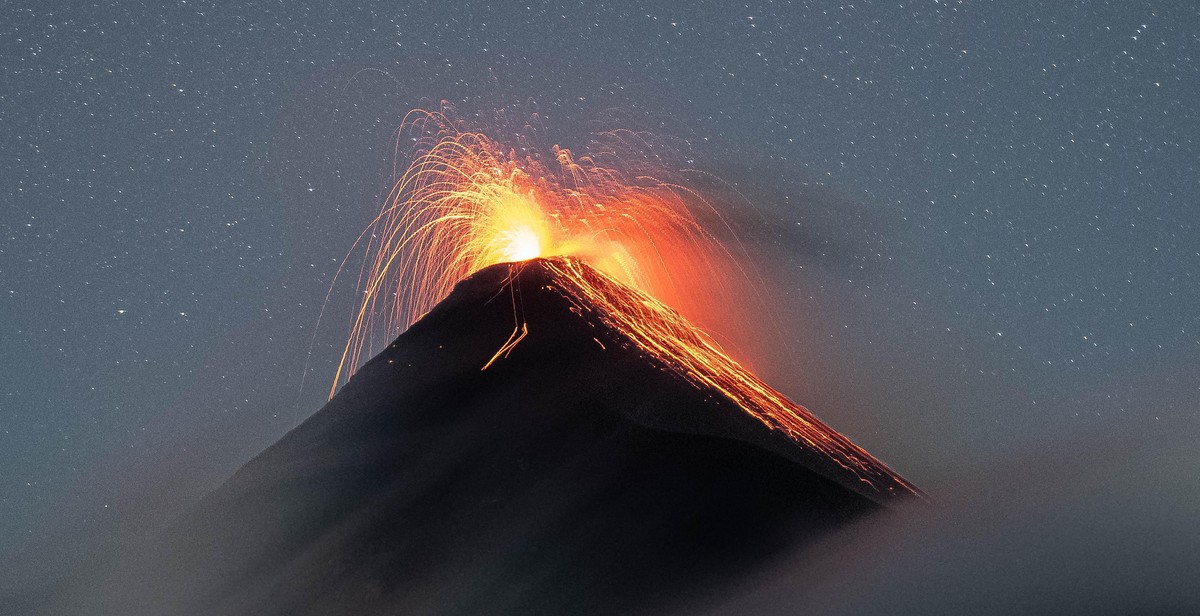How to Conduct Volcano Research: Methodologies and Techniques for Studying Volcanic Processes
Volcanoes are one of the most fascinating and unpredictable natural phenomena on Earth. They have the power to reshape the landscape, alter the climate, and even threaten human lives. This is why studying volcanoes is crucial for understanding our planet’s geologic history and predicting future volcanic activity. Conducting volcano research requires a combination of fieldwork, laboratory analysis, and data interpretation.
Why is volcano research important?
Volcano research is essential for a variety of reasons, including:
- Understanding the mechanisms behind volcanic eruptions
- Predicting when and where future eruptions may occur
- Assessing the potential hazards posed by active volcanoes
- Studying the effects of volcanic activity on the environment and climate
- Exploring the potential for using volcanic resources, such as geothermal energy
What are the methodologies and techniques for studying volcanic processes?
There are several methodologies and techniques for studying volcanic processes, including:
- Fieldwork: This involves observing and collecting data on volcanic activity in the field, including measuring gas emissions, monitoring seismic activity, and sampling volcanic rocks and ash.
- Laboratory analysis: This includes analyzing volcanic samples in the lab to determine their chemical composition, mineralogy, and age.
- Data interpretation: This involves using various analytical tools and models to interpret field and laboratory data and develop a better understanding of volcanic processes.
In this article, we will explore these methodologies and techniques in more detail and provide tips for conducting effective volcano research.

Understanding Volcanoes
Volcanoes are natural geological formations that are formed by the movement of magma from the Earth’s mantle to the surface. This movement is caused by tectonic activity or the movement of the Earth’s plates. There are three main types of volcanoes: shield volcanoes, cinder cone volcanoes, and composite volcanoes.
Types of Volcanoes
- Shield volcanoes are characterized by their broad, gently sloping sides and are formed by the eruption of thin, runny lava. These volcanoes are typically found at hotspots, such as the Hawaiian Islands.
- Cinder cone volcanoes are small, steep-sided volcanoes that are formed by the eruption of explosive, gas-rich magma. These volcanoes are typically found along the Ring of Fire, which is a zone of intense volcanic and seismic activity that circles the Pacific Ocean.
- Composite volcanoes are large, steep-sided volcanoes that are formed by the eruption of both lava and ash. These volcanoes are typically found at subduction zones, where one tectonic plate is forced beneath another.
Volcanic Eruptions and their Effects
Volcanic eruptions can have a wide range of effects, both positive and negative. Some of the positive effects of volcanic eruptions include the creation of new land, the formation of fertile soil, and the release of minerals and nutrients into the surrounding environment.
However, volcanic eruptions can also have negative effects, such as the destruction of homes and infrastructure, the release of toxic gases and ash into the atmosphere, and the disruption of air travel and other forms of transportation.
Scientists study volcanoes to better understand their behavior and to predict when eruptions might occur. This research involves a combination of fieldwork, laboratory analysis, and computer modeling, and is critical for protecting the lives and livelihoods of people who live near active volcanoes.
| Positive Effects | Negative Effects |
|---|---|
| Creation of new land | Destruction of homes and infrastructure |
| Formation of fertile soil | Release of toxic gases and ash into the atmosphere |
| Release of minerals and nutrients into the surrounding environment | Disruption of air travel and other forms of transportation |

Methodologies for Studying Volcanic Processes
Volcanic research is a complex and multi-disciplinary field that requires a combination of field studies, laboratory analyses, and remote sensing techniques. The methodologies for studying volcanic processes are diverse and often depend on the specific research questions and objectives. Here are some of the most common methodologies used in volcano research:
Field Studies
Field studies are an essential component of volcano research as they provide direct observations and measurements of volcanic processes. Field studies involve visiting active or dormant volcanoes to collect data such as gas emissions, temperature, seismic activity, and volcanic deposits. Scientists use this data to understand the behavior and evolution of volcanoes and to make predictions about future eruptions. Field studies also involve collecting samples of volcanic rocks, ash, and lava to analyze in the laboratory.
Laboratory Studies
Laboratory studies involve analyzing volcanic samples collected during field studies. This includes petrographic analysis, which involves examining the mineralogical and textural properties of volcanic rocks to understand their origin and evolution. Geochemical analysis is also used to determine the chemical composition of volcanic rocks and to understand the processes that led to their formation. Additionally, experimental studies are conducted in the laboratory to simulate volcanic processes such as magma chamber dynamics, eruption styles, and lava flow behavior.
Remote Sensing Techniques
Remote sensing techniques involve using satellite or airborne instruments to collect data about volcanoes from a distance. This includes using thermal cameras to measure the temperature of volcanic surfaces, radar to detect ground deformation, and gas sensors to measure gas emissions. Remote sensing techniques provide a broad perspective of volcanic activity and can be used to monitor volcanoes in real-time. They also allow scientists to study volcanoes in inaccessible or hazardous locations.
| Methodology | Advantages | Disadvantages |
|---|---|---|
| Field Studies | Direct observations and measurements | Can be hazardous and expensive |
| Laboratory Studies | Allows for detailed analysis of volcanic samples | Requires time and resources |
| Remote Sensing Techniques | Provides a broad perspective of volcanic activity | May have limited resolution or accuracy |
Overall, a combination of field studies, laboratory analyses, and remote sensing techniques is necessary to fully understand volcanic processes. Each methodology has its own advantages and limitations, and scientists must carefully select the appropriate methodology based on their research questions and objectives.

Tools and Techniques for Volcano Research
Volcanic research requires a variety of tools and techniques to accurately study volcanic processes. The following are some of the essential tools and techniques used in volcano research:
Seismometers
Seismometers are critical tools used in volcano research to detect and measure earthquakes and tremors. These instruments can detect even the slightest ground movements and help scientists monitor volcanic activity. Seismometers are typically placed around the volcano to create a network of sensors that can detect and locate earthquakes in real-time.
Infrasound Sensors
Infrasound sensors are used to detect low-frequency sound waves produced by volcanic eruptions. These sensors can detect infrasound waves from long distances and help scientists monitor volcanic activity. Infrasound sensors are typically placed around the volcano to create a network of sensors that can detect and locate volcanic eruptions in real-time.
Gas Sensors
Gas sensors are used to detect and measure the concentration of gases emitted by volcanoes. These sensors can detect even trace amounts of gases and help scientists monitor volcanic activity. Gas sensors are typically placed around the volcano to create a network of sensors that can detect and measure volcanic gases in real-time.
Thermal Cameras
Thermal cameras are used to detect and measure the temperature of volcanic gases and lava flows. These cameras can detect even small temperature changes and help scientists monitor volcanic activity. Thermal cameras are typically mounted on drones or helicopters to capture high-resolution thermal images of the volcano.
Overall, these tools and techniques are essential for volcanic research and help scientists monitor volcanic activity and understand volcanic processes. By using these tools and techniques, scientists can better predict volcanic eruptions and mitigate the risks associated with them.

Challenges in Volcano Research
Conducting volcano research can be a challenging and rewarding experience. However, there are several challenges that researchers face when studying volcanic processes. These include hazards and safety concerns, access to volcanoes, and data collection and analysis.
Hazards and Safety Concerns
Volcanoes are unpredictable and dangerous natural phenomena. Researchers face hazards such as lava flows, ash clouds, and toxic gases while conducting fieldwork. It is essential to take appropriate safety measures to minimize the risk of injury or death. Personal protective equipment, such as gas masks and heat-resistant clothing, is necessary when working near active volcanoes. Researchers also need to be aware of the potential for sudden eruptions and be prepared to evacuate if necessary.
Access to Volcanoes
Access to volcanoes can be challenging due to their remote locations and difficult terrain. Researchers often have to hike long distances, climb steep slopes, or use helicopters to reach the study sites. In some cases, access may be restricted due to political or environmental concerns. Limited access can make it challenging to collect data and monitor volcanic activity.
Data Collection and Analysis
Data collection and analysis are critical components of volcano research. However, collecting data from active volcanoes can be difficult due to the hazardous conditions. Researchers use a variety of techniques to collect data, such as remote sensing, ground-based sensors, and aerial surveys. Once the data is collected, it needs to be analyzed to understand the volcanic processes accurately. Data analysis can be time-consuming and complex, requiring specialized equipment and expertise.
| Challenges | Solutions |
|---|---|
| Hazards and Safety Concerns | Use personal protective equipment and be prepared to evacuate if necessary. |
| Access to Volcanoes | Use helicopters, hike long distances, or climb steep slopes to reach the study sites. |
| Data Collection and Analysis | Use remote sensing, ground-based sensors, and aerial surveys to collect data. Analyze data using specialized equipment and expertise. |
Despite the challenges, volcano research is essential for understanding volcanic processes and mitigating their hazards. By taking appropriate safety measures, overcoming access barriers, and using advanced data collection and analysis techniques, researchers can make significant contributions to the field of volcanology.

Conclusion
Studying volcanoes can be a thrilling and rewarding experience for scientists and researchers. With a variety of methodologies and techniques available, it is important to carefully choose the appropriate approach for your research goals.
As discussed in this article, the first step in conducting volcano research is to carefully plan and design your study. This involves selecting an appropriate research site, determining the research questions, and identifying the necessary equipment and resources.
Once you have a clear plan in place, the next step is to collect data using a variety of techniques such as remote sensing, field observations, and laboratory analysis. It is important to carefully analyze and interpret your data to draw meaningful conclusions about volcanic processes.
Finally, it is important to share your findings with the wider scientific community through publications and presentations. By doing so, you can contribute to our understanding of volcanoes and help inform future research and hazard mitigation efforts.
Overall, conducting volcano research requires a combination of careful planning, data collection and analysis, and effective communication. By following these steps and utilizing the appropriate methodologies and techniques, researchers can make important contributions to the field of volcanology.
